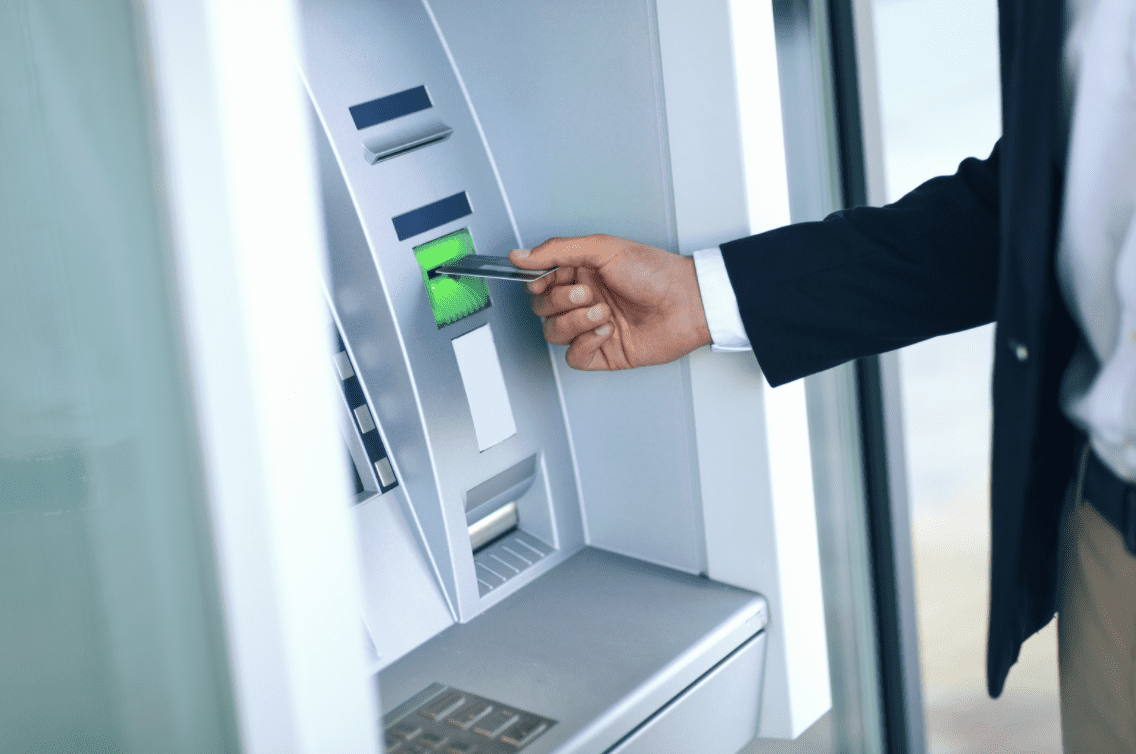ATMs are growing more popular than ever as Americans place a greater emphasis on convenience and accessibility when it comes to banking. You may capitalize on this business by creating an ATM and assisting business owners in providing ATM services on their premises. Running an ATM business gives you financial independence and complete control over your business structure, as well as a lot of flexibility in terms of operation hours and locations. If you are looking for a guide on how to start an ATM business, then this is it.
Step 1: Create a business plan
The first step on how to start an ATM business. Writing a business plan is the step in launching a new firm. Your business plan must include a detailed description of all aspects of your company, including your target market, what features will give you an advantage over competitors and your financial plan for funding and profit. If you wish to ask for bank or investor finance, you’ll need this business plan. According to multiple sources, taking the time to construct a business strategy has also been proven to boost success.
Step 2: Establish a Legal Entity
The further step for how to start an ATM business is to figure out which corporation is best for you when it’s time to begin your company. The business entity (also known as a legal entity or a business structure) determines how your company is legally constituted and runs. A sole proprietorship, partnership, corporation, or Limited Liability Company are the four primary types of business entities (LLC). Each company entity has its own set of advantages and disadvantages regarding responsibility, costs, and administrative requirements. When selecting which sort of entity is best for your company, a business lawyer can help.
Step 3: Give the Company a Name
It may not be easy to come up with the perfect business name. The name must not only resonate with your customers, but it must also be available for use.
Step 4: Decide on a location.
The next important move for how to start an ATM business is deciding a perfect location. ATM businesses aren’t linked to a single location, you’ll want to set up a route of ATMs that are close together so that they’re easy to stock and service. To maximize daily transactions, ATMs should be placed in areas that are open to the public for long hours and have a lot of foot traffic, such as petrol stations, convenience stores, retail stores, bars, and so on.
Step 5: Fill out an application for business licenses and permits.
Your ATM firm must hold any local, state, and federal registrations required for businesses. A sales tax permit, an Employer Identification Number, and an Occupancy Permit are all needed for most firms, in addition to these standard permits and licenses.
Step 6: Receive Funding
The next step for how to start an ATM business can be expensive, especially if you don’t have the funds to outfit the machines. Financing might assist with those first beginning costs. A business owner must have strong credit and personally contribute 15-25 percent of the total start-up expenditures to qualify for a business loan.
Step 7: Open a Bank Account for Your Business
The next step for How to start an ATM business is to open a bank account. It’s easier to track your business’s income and expenses if you keep your personal and business funds separate in separate corporate bank and credit card accounts.
Step 8: Create a marketing strategy.
Strong marketing can assist you in establishing relationships with venue owners and secure placements for your ATMs. Online advertising, direct mail, email marketing, and in-person visits, as well as phone calls, can all be practical marketing tools for securing additional spaces.

Step 9: Obtain Commercial Insurance
For complete coverage, an ATM firm needs various forms of insurance. There are specific ATM-specific insurance policies available in addition to regular insurance coverage:
The cost of insurance coverage will be determined by factors such as the business’s ATMs’ value and the cash on hand. Request quotes from several insurance providers to get an accurate estimate of how much you should budget for insurance. Consider the differences in premiums, coverage exclusions, coverage, limits, deductibles, and other critical components of each insurance when comparing quotations.
Step 10: Hire Employees
A business owner might be able to service and maintain a smaller network of ATMs, but to boost earnings, the company must install additional ATMs. This is something that hiring employees can help with. ACCORDING TO SALARY.COM, according to the SALARY.COM survey, an ATM manager responsible for service and operations earns an average of $85,585 per year. Salaries might range anywhere between $63,151 and $110,062.
A company’s budget must include related expenses such as paid time off and worker’s compensation insurance in addition to employee salary.
Step 11: Set up an Accounting System
The last and essential step for how to start an ATM business is to set up an accounting system for your ATM business for its long-term success. Tax compliance keeps the company out of problems with the government and allows the company to track and monitor patterns and cash flow to maximize earnings.
There are a few things to think about starting an ATM Business
Although owning an ATM business is frequently advertised as a passive income option, there is still work since you will need to load cash and ensure that the machine is operational. However, as long as there isn’t much travel time between devices, the time spent on the business is highly flexible, and commitment isn’t high. This business can efficiently be run alongside a full-time or part-time job. Building long-term relationships with venue owners might take time, so don’t get discouraged if you don’t reach agreements right away.
While buying a second-hand ATM may save money, some individuals may be hesitant to use it because it appears to be older, not to mention the possibility of costly maintenance.
Once you’ve reached an agreement with a venue owner, having a clear, well-written contract in place can help secure that arrangement and ensure that you get the money you’ve agreed to. Make sure you set aside money for a company lawyer who can assist you in drafting a suitable contract and reviewing any changes that may be required. These are the procedures that involve how to start an ATM business.



